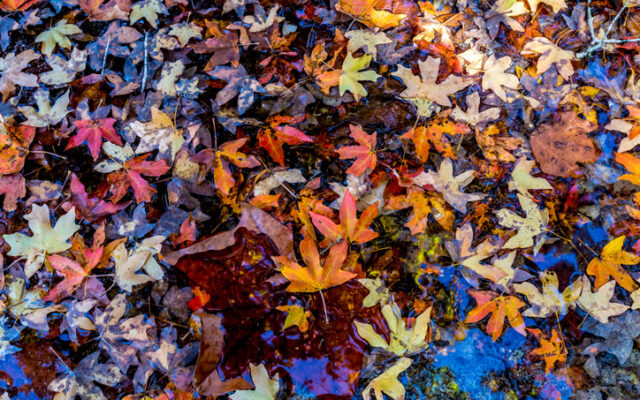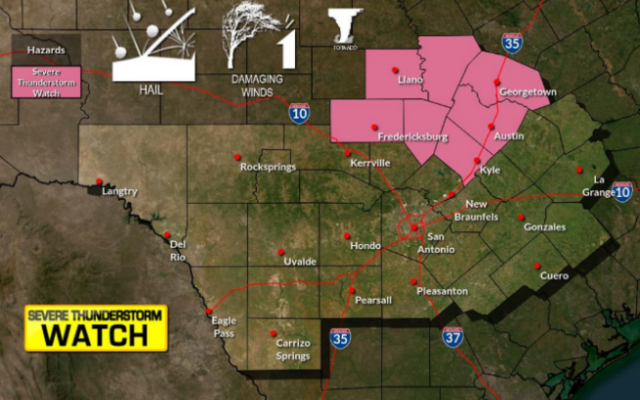Texas A&M: Falling leaves are a benefit and a risk

SAN ANTONIO (KTSA News) — Those falling leaves on your property are beautiful to look at, but they pose both a benefit and a hazard during the fall.
The Texas A&M Forest Service is offering tips on what to do with the leaves so you can reduce the risk of fire while also enjoying the unique appearance and biological benefits they can bring to your property.
Embers are the leading cause of homes destroyed by wildfires, and embers can gather where leaves have fallen around your home. That’s why removing leaves on and near your home can help reduce your risk to wildfire.
According to Kari Hines, Texas A&M Forest Service Firewise Coordinator, homes should be cleared of fuel buildup, or debris, from zero to five feet away. Homeowners should also decrease the fuel buildup next to wooden attachments.
“Leaves should be removed from these first five feet, usually the gutters, the garden beds that touch the home and where leaves gather up against wooden fences and wooden decks,” said Hines. “If you choose to leave leaves in your yard, which we recommend, do so in a place that is not in one of these vulnerable locations.”
So long as measures are taken to prevent fires, falling leaves bring a wealth of benefits that go well-beyond just appearance.
“We recommend leaving leaves where they are because it mimics the forest and a natural setting,” said Matt Weaver, Texas A&M Forest Service Urban Forester. “If you look at the forest floor, it’s leaves. Over time, those leaves break down and become organic material and eventually the soil itself.”
This is especially important in urban settings, Weaver said.
“In urban areas, there are a lot of soil issues like compaction, and that organic material is actually really important for tree health,” said Weaver. “Most of the soil in urban areas is lacking organic materials and the only thing to help with that is mulch, which can be leaves.”
Mulch made of leaves can insulate and protect the roots of trees and plants from cold weather.
“Leaves also provide food and shelter to many insects and organisms that help keep our soil healthy,” said Hines. “By leaving leaves, you are leaving the insects that are overwintering in that thermal protection layer, you’re returning organic material to your soil.”
If you want to reduce long-term yard maintenance while still providing some benefit to insects in your yard, you can use a mulching attachment to mulch the leaves in place soon after leaves fall, but don’t wait too long or you risk mulching the beneficial insects.
The smaller pieces will be less likely to blow away in the wind, while still offering some shelter to overwintering insects. The smaller pieces will also decompose easier, speeding up nutrient cycling and allowing your trees to use the nutrients quicker.
You Might Also Like



